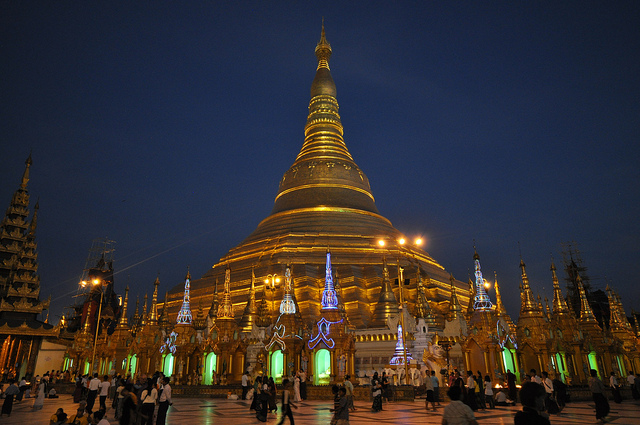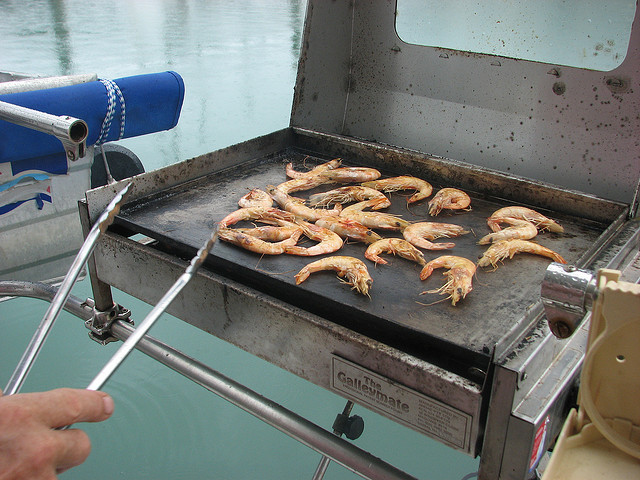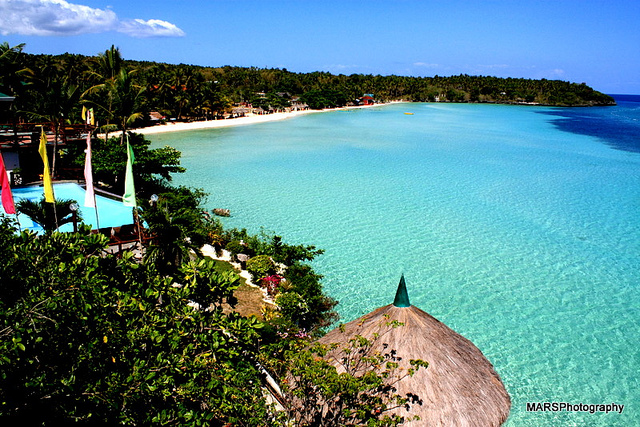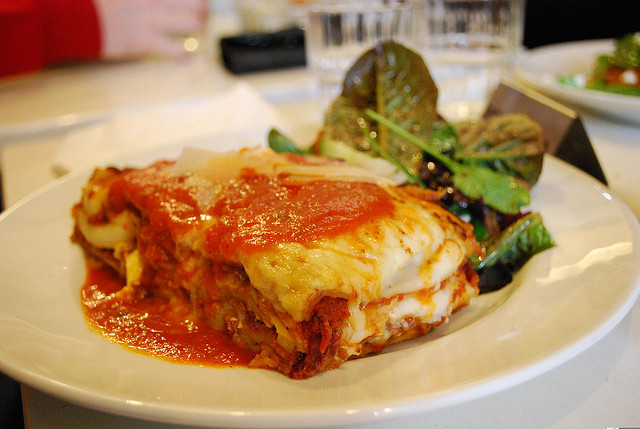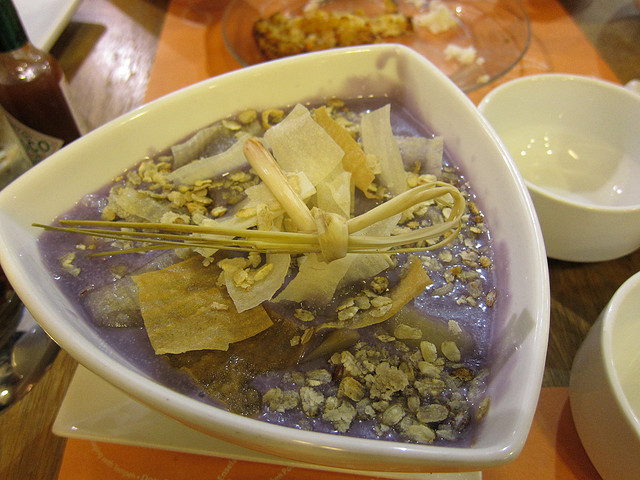It cannot be denied that Filipinos have a very sweet tooth, with each meal ending with a dessert of some kind. Often referred to as “pang himagas”, this is meant to balance out the scrumptious meal eaten earlier, and is meant to settle one’s taste buds.
Here are ten Filipino desserts that you should try after a delectable Filipino meal.
1. Halo Halo
The summer heat in the Philippines can be scorching, but it is made more bearable by this year-round favorite. Halo-halo is said to have its roots from the Japanese dessert kakigōri that was introduced to the Filipinos sometime in the Second World War. Filipinos adapted it to fit their own taste by adding various ingredients like sweetened beans, sweetened fruit and gelatin. Top with shaved ice, evaporated milk, a spoonful of ube halaya and a sliver of leche flan, you have the ultimate dessert. The name refers not just the variety of ingredients, but the action done before taking a bite of this cool concoction. Halo-halo is available nearly everywhere; from a neighborhood street corner costing only a few pesos, up to five-star hotels that charge an arm and a leg for a serving.
2. Leche Flan
This very luscious custard dessert is a staple in many Filipino celebrations. It is quite like crème brûlée, but instead of a hard caramel top, the leche flan has a soft layer of caramel that also acts as syrup. Leche flan’s ingredients are very simple, eggs, sugar and milk that is steamed to cook. On its own it is very rich and flavorful, but it is also seen as an added topping to the ever favorite halo-halo.
3. Yema
The ingredients of yema are the same as that of leche flan, with a bit of butter to bind the ingredients together. This caramel-like candy is very sweet and chewy. The ingredients are cooked to a thick consistency and formed into balls or triangles before being wrapped.
4. Polvoron
The Philippine polvoron is a cousin to the Spanish one produced in Andalusia, Spain. The Philippine version is made with equal amounts of flour and powdered milk, toasted with butter or margarine and sweetened with granulated sugar. It is then formed into shapes using moulds and wrapped in Japanese paper. The plain ones are already good, but you can change the flavor by adding cashew nuts, pinipig and even chocolate.
5. Ube Halaya
The purple tuberous root vegetable the Filipinos call ube is known as purple yam in other countries. It’s a common ingredient in many Southeast Asian dishes, but it is primarily used for dessert by the Filipinos. The word “halaya” comes from the Spanish word “jalea” meaning jelly. Ube halaya is a sweet treat, and depending on the where it is made, can be served with various other toppings or eaten as is.
6. Pastillas
These sweet candies are sold nearly everywhere and have different varieties. Carabao milk and sugar are cooked to a sweet paste then formed to small, elongated pieces and wrapped in pieces of thin paper. In Zambales, pastillas are made simply with those two ingredients and no-fuss packaging. Bulacan pastillas as well as most of those commercially available make use of condensed milk and are rolled in sugar. In the old days, these are wrapped in Japanese paper with tails that are cut with intricate designs similar to lace. Unfortunately, the craft is dying so these delicious treats are wrapped in regular paper. Pastillas make for wonderful gifts and can easily satisfy any sweet craving.
7. Buko Pandan
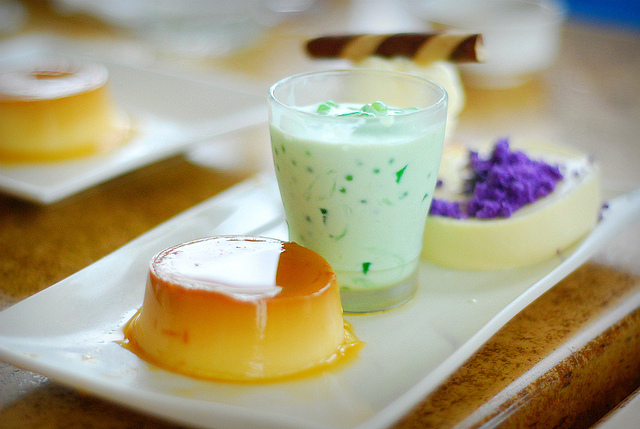
Young, shredded coconut is mixed with gelatin flavored with pandan leaves. Cover with cream (either coconut or the all-purpose cream) sweetened with condensed milk and chill. Optionally serve with small tapioca balls for added texture.
8. Sapin-Sapin
The name “sapin sapin” literally means layers. The mixture of rice flour, sugar, coconut milk and water are cooked, separately colored and put together layer by layer to form a colorful glutinous treat.
9. Maja Blanca
Made primarily with coconut milk, maja blanca is commonly present in many Filipino celebrations as part of the dessert menu. Its creamy white color belies a gelatin-like consistency. The most common variation of this is made with sweet corn kernels and topped with latik (toasted coconut cream curds) for added texture and flavor. Different flavors are also created by using other fruits and vegetables.
10. Dirty Ice Cream
Long before Lady Gaga used it as a title for a song, dirty ice cream has been a Filipino street food and dessert staple. Don’t be turned off by its name though. It doesn’t mean that the food is unsanitary, but more of the fact that it is sold by peddlers in the open, gritty streets of the metro. This kind of ice cream is lighter than most commercial grade ice creams. Some producers make use of carabao’s milk for a creamier texture. Flavors are usually made from fruits that are available for that season. For less than half a dollar, you can have a few scoops of differently flavored ice cream on a wafer cone or a bread bun. Buy it from the sorbetero who walks around the street ringing a bell while pushing a colorful sorbetes cart.
